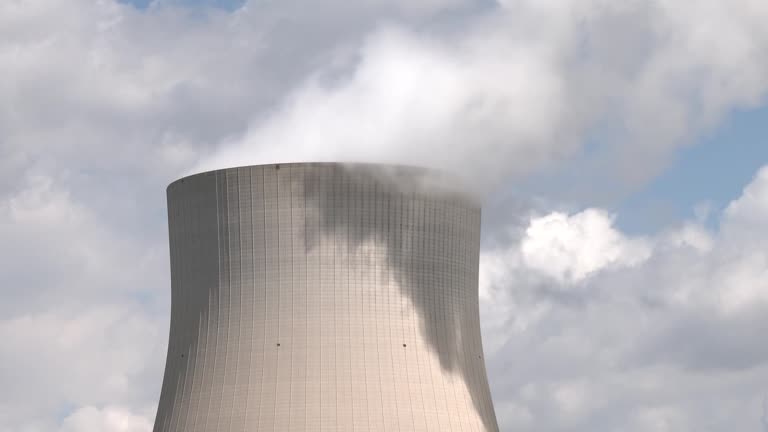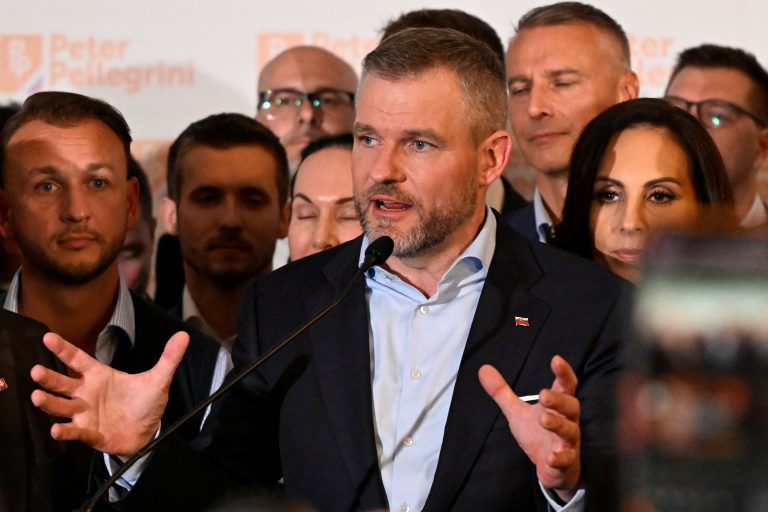Germany plans to keep two of its three remaining nuclear power stations on standby, beyond a year-end deadline to ditch the fuel altogether, to ensure it has enough electricity through the winter as it faces a gas supply crunch.
German Economy Minister Robert Habeck said in a statement on Monday, Sept. 5 that the move did not mean Berlin was reneging on its long-standing promise to exit nuclear energy by the end of 2022.
Habeck said a stress test by power grid operators had shown there could be hours of crisis in electricity supply over the winter given tightness in the European energy market.
“That is why I believe the right consequence of the results of the stress test, is that we retain this option that at the end of the planned operating life of the nuclear power plants we put the two southern German nuclear power plants into a standby situation so that they could be used again or could continue to be used if the situation were to demand it,” Habeck said.
The move is especially hard to swallow for Habeck’s Greens, which grew out of the 1970s anti-nuclear movement, although the exit was initiated by former conservative Chancellor Angela Merkel after the 2011 Fukushima nuclear disaster.
Success
You are now signed up for our newsletter
Success
Check your email to complete sign up
The Greens and other opponents of nuclear energy regard it as a high risk technology generating radioactive waste that would remain a burden on future generations.
While all three of Germany’s remaining nuclear reactors would still close by Dec. 31, 2022, the southern plants Isar 2 and Neckarwestheim 2 would remain in reserve for any emergency, until mid-April next year.
Both plants have a 1,400 megawatt (MW) capacity and are operated by E.ON and EnBW respectively.
(By Reuters. Production: Leon Malherbe, Tanya Wood)












